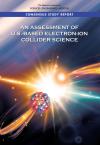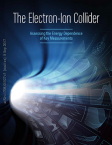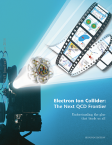Future Trends in Nuclear Physics Computing
Given new experiments starting up and on the horizon, and the vastly increasing data volumes even at small experiments, the Nuclear Physics community has in recent years been thinking about the next generation of data processing and analysis workflows that will maximize the science output.














